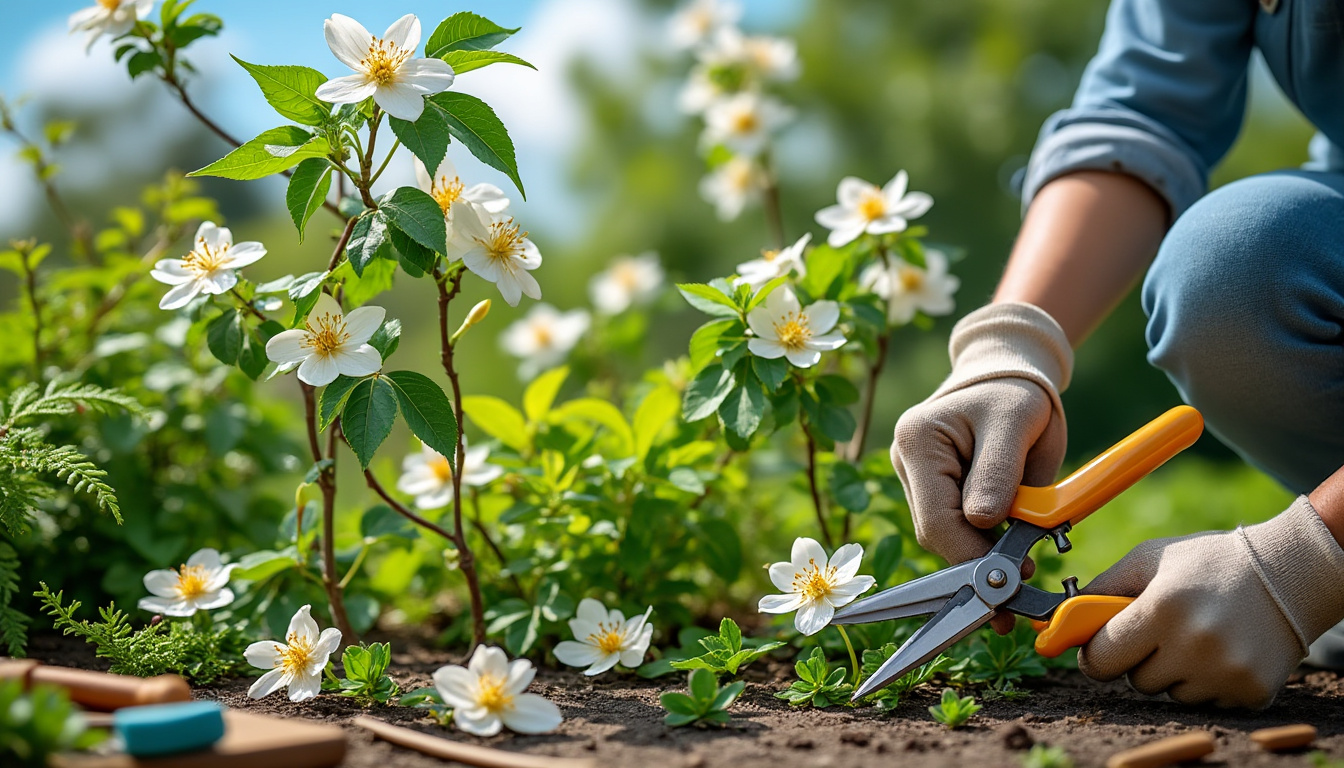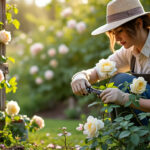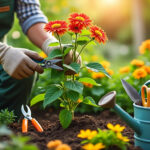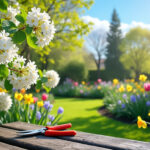As winter approaches, gardeners often feel the urge to retreat from their outdoor plans, but the beauty of jasmine plants can thrive through the colder months with proper care. Pruning is a crucial aspect of maintaining their health and promoting vibrant blooms in the spring. Timing your pruning correctly can significantly influence the growth and flowering capabilities of your jasmine. Understanding the optimal moments to prune these aromatic climbers will not only enhance their visual appeal but also ensure a lush, fragrant garden.
This article explores the best practices for pruning jasmine plants, including when and how to do it effectively. We’ll also delve into the various species of jasmine, their specific needs, and tips for indoor versus outdoor care.
Understanding Jasmine Plants
Jasmine is a beloved flowering plant known for its exquisite fragrance and stunning flowers. There are numerous species, such as Common Jasmine (Jasminum officinale), Arabian Jasmine (Jasminum sambac), and Pink Jasmine (Jasminum polyanthum). Each variation has unique characteristics and care requirements, making it essential for gardeners to familiarize themselves with the type they are growing.
- Common Jasmine: Recognized for its climbing ability and delightful scent, widely used in teas and perfumes.
- Arabian Jasmine: A fast-growing shrub with richly fragrant flowers, perfect for indoor environments.
- Pink Jasmine: Favored for its aromatic blooms and ideal for hanging baskets.
Each species has distinct pruning needs. For instance, while Common and Pink Jasmine require regular pruning after flowering to encourage branching, Arabian Jasmine has different growth habits and requires careful timing to promote continuous blooming.
When to Prune Jasmine Plants
The appropriate timing for pruning jasmine plants largely depends on the specific species and their flowering habits. In general, jasmine is best pruned either:
- Right after blooming.
- In late winter or early spring before new growth begins.
For many jasmine varieties, like Common Jasmine, pruning immediately after flowering encourages healthy branching and flower bud development for the next blooming cycle. It’s important to avoid pruning too late in the season, as you might cut off the new flower buds that were forming.
Spring Pruning Guidelines
For jasmine varieties blooming in spring or summer, consider the following tips to achieve optimal results:
- Monitor Flowering: Note when your jasmine blooms; this will guide your pruning schedule.
- Assess Plant Health: Check for dead or damaged branches; prune these first to promote overall plant health.
- Encourage Shape: Trim back vigorous new growth and maintain a manageable shape.
- Remove Old Growth: Focus on removing older wood that may not produce flowers.
While pruning in spring, ensure that the weather is stable and the plant is not under stress from cold temperatures to avoid damaging new growth.
When to plant crocus bulbs for a vibrant spring garden
Pruning Jasmine for Indoor Cultivation
Indoor jasmine plants, such as Arabian Jasmine, require a slightly different approach to pruning. These plants thrive in controlled environments, making them sensitive to changes in light and temperature. Here are crucial considerations for indoor jasmine pruning:
- Prune during the growing season, preferably in late spring, to avoid stressing the plant.
- Monitor blooming patterns; indoor plants may bloom continuously, so be strategic about when to prune.
- Use clean, sharp tools to make precise cuts and prevent disease transfer.
Indoor Pruning Techniques
Here are essential techniques to consider when pruning indoor jasmine:
- Determine Growth Habits: Assess how the jasmine grows; some may require more extensive pruning to control size.
- Focus on Airflow: Avoid overcrowding by thinning out interior branches to promote airflow.
- Observe Sunlight: Make sure to direct new growth towards light sources for healthier plants.
- Harvest Wisely: If harvesting flowers for use in tea or perfumes, do so minimally to maintain plant integrity.
Effective indoor pruning leads to healthier plants and improved aesthetics, enabling your jasmine to thrive within your home environment.
Tools and Techniques for Pruning Jasmine
Equipping yourself with the correct tools is vital for successful pruning operations. Here are some essential tools you should have:
- Bypass Pruners: Ideal for clean cuts on small branches.
- Loppers: Effective for thicker branches that require more leverage.
- Handsaw: Useful for larger jasmine varieties with robust growth.
- Gloves: Protects hands from sap and potential thorns.
When pruning, the goal should be to make clean cuts just above a bud or leaf node to encourage healthy new growth. Here are important pruning techniques:
| Technique | Description | Best For |
|---|---|---|
| Cleansing Cuts | Remove dead or damaged wood to promote overall health. | All jasmine varieties |
| Thinning | For more airflow, reduce interior density by cutting back on crowded areas. | Indoor jasmine |
| Directional Pruning | Encourage growth towards light sources by cutting branches at angles. | Indoor and outdoor varieties |
Common Mistakes to Avoid While Pruning Jasmine
While pruning is essential, several common mistakes can hinder the health and beauty of your jasmine plants. By avoiding these pitfalls, you can enhance your gardening success:
- Timing Issues: Pruning too late in the season may remove budding flowers.
- Neglecting Plant Health: Always assess the plant’s overall health before making cuts.
- Improper Technique: Use sharp tools to avoid ragged cuts that could harm the plant.
- Ignoring Growth Patterns: Different jasmine types have varied growth patterns; understand yours!
Addressing these mistakes can lead to a healthier, more beautiful jasmine plant that blooms with vigor.
Boosting Growth After Pruning
Pruning can initially shock plants, so providing them with adequate care afterwards is essential for robust growth. Here are effective strategies to encourage recovery:
- Watering: Ensure the plant is adequately watered but avoid soggy soil.
- Fertilizing: Use well-balanced fertilizers like Miracle-Gro or FoxFarm to provide nutrients.
- Light Exposure: Maintain healthy light conditions to support new growth.
- Pest Management: Keep an eye out for pests as plants may become more vulnerable after pruning.
Implementing these strategies can keep your jasmine growing strong and healthy after being pruned.
FAQs About Pruning Jasmine Plants
When is the best time to prune jasmine plants?
The best time to prune jasmine is immediately after their blooming cycle to promote healthy growth for the following season.
Can I prune jasmine in the fall?
It is generally advisable to avoid pruning in the fall, as this can cut off new flower buds and disrupt the plant’s preparation for winter.
What’s the difference between indoor and outdoor jasmine pruning?
Indoor jasmine often requires more frequent pruning to manage size and ensure proper light exposure, while outdoor jasmine may need less frequent maintenance but should be pruned according to its flowering schedule.
What tools are best for pruning jasmine?
Using sharp bypass pruners or loppers is ideal for pruning jasmine, ensuring clean cuts that promote healthy growth.
How do I encourage more blooms after pruning?
Provide adequate water and nutrition after pruning, and ensure the plant receives sufficient light to promote robust growth and flowering.















